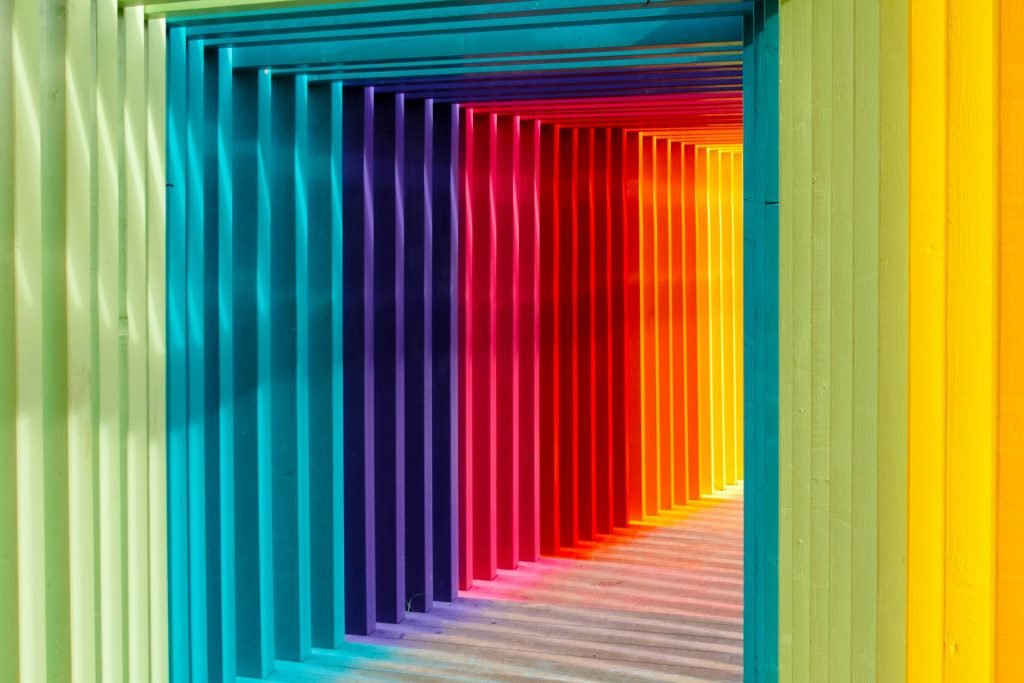Introduction
In the vibrant world of branding, colors serve as silent communicators, conveying messages that often speak louder than words. Whether it’s the bold red of Coca-Cola, the soothing blue of Facebook, or the vibrant yellow of McDonald’s, each hue is strategically chosen to evoke specific emotions and perceptions among consumers. But how exactly do these brand colors shape our perceptions of brands, and why do we react to them in such profound ways?
Exploring the Psychology
Before delving into the impact of color on consumer perception, it’s crucial to understand the psychology behind it. Colors have the power to evoke emotional responses, trigger memories, and even influence decision-making processes. For instance, red is often associated with passion, excitement, and urgency, making it a popular choice for brands aiming to evoke a sense of energy and dynamism. On the other hand, blue conveys trust, reliability, and professionalism, making it a preferred option for financial institutions and tech companies.
The Role of Brand Identity
When it comes to branding, consistency is key. The brand colors not only reflect its identity but also help establish a strong visual association in the minds of consumers. Consider iconic brands like Starbucks, whose distinctive green logo instantly conjures images of quality coffee and community. By consistently incorporating their chosen color into various touchpoints, from packaging to store design, brands reinforce their identity and strengthen consumer perception over time.
Brand Colors in Marketing Strategy
Incorporating color psychology into marketing strategy can have a profound impact on consumer behavior. From product packaging to advertising campaigns, the strategic use of color can influence perceptions of quality, value, and brand personality. A study by the Institute for Color Research found that people make a subconscious judgment about a product within 90 seconds of initial viewing, with up to 90% of that assessment based on brand colors alone. By aligning color choices with brand values and target audience preferences, marketers can create powerful connections that drive engagement and loyalty.
How Brand Colors Paint Perceptions
Coca-Cola: The iconic red of Coca-Cola’s logo is synonymous with energy, excitement, and passion. It evokes feelings of warmth and happiness, reinforcing the brand’s message of enjoyment and sharing.
Facebook: The calming blue of Facebook’s logo conveys trust, reliability, and stability. It fosters a sense of security and community, encouraging users to engage and connect with others on the platform.
McDonald’s: The vibrant yellow arches of McDonald’s are synonymous with happiness, positivity, and affordability. The color stimulates appetite and creates a welcoming atmosphere, making it a popular choice for fast-food chains.
Starbucks: The distinctive green logo of Starbucks symbolizes growth, sustainability, and community. It evokes feelings of relaxation and connection to nature, enhancing the coffeehouse experience for customers.
Chanel: Chanel’s iconic black-and-white logo epitomizes luxury, elegance, and timeless style. These brand colors signify exclusivity and refinement, positioning the brand as a symbol of sophistication and glamour.
Conclusion
In the ever-evolving landscape of branding and marketing, the significance of color cannot be overstated. Beyond mere aesthetics, colors play a fundamental role in shaping consumer perception, eliciting emotions, and forging lasting connections with brands. By understanding the psychology behind color and harnessing its power strategically, companies can wield a potent tool to stand out in a crowded marketplace and leave a lasting impression on consumers. After all, in the colorful tapestry of brand identity, every shade tells a story.

